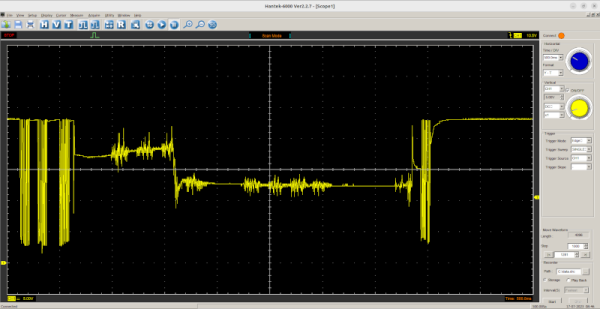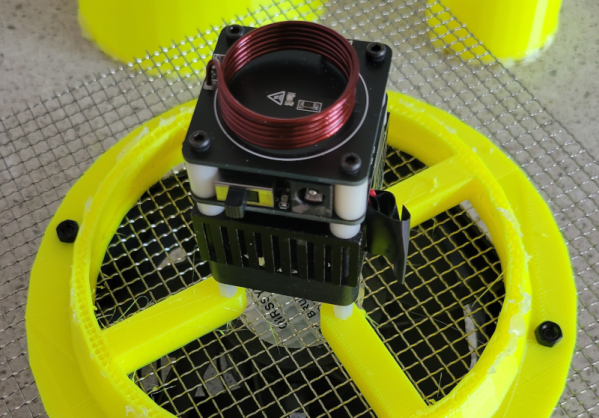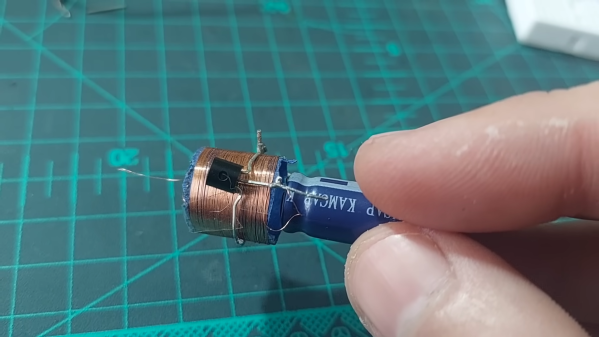At the risk of stating the obvious, even when you’ve got unlimited resources and access to the best engineering minds, self-driving cars are hard. Building a multi-ton guided missile that can handle the chaotic environment of rush-hour traffic without killing someone is a challenge, to say the least. So if you’re looking to get into the autonomous car game, perhaps it’s best to start small.
If [Austin Blake]’s fun-sized Tesla go-kart looks familiar, it’s probably because we covered the Teskart back when he whipped up this little demon of an EV from a Radio Flyer toy. Adding self-driving to the kart is a natural next step, so [Austin] set off on a journey into machine learning to make it happen. Having settled on behavioral cloning, which trains a model to replicate a behavior by showing it examples of the behavior, he built a bolt-on frame to hold a steering servo made from an electric wheelchair motor, some drive electronics, and a webcam attached to a laptop. Ten or so human-piloted laps around a walking path at a park resulted in a 48,000-image training set, along with the steering wheel angle at each point.
The first go-around wasn’t so great, with the Teskart seemingly bent on going off the track. [Austin] retooled by adding two more webcams, to get a little parallax data and hopefully improve the training data. After a bug fix, the improved model really seemed to do the trick, with the Teskart pretty much keeping in its lane around the track, no matter how fast [Austin] pushed it. Check out the video below to see the Teskart in action.
It’s important to note that this isn’t even close to “Full Self-Driving.” The only thing being controlled is the steering angle; [Austin] is controlling the throttle himself and generally acting as the safety driver should the car veer off course, which it tends to do at one particular junction. But it’s a great first step, and we’re looking forward to further development.

















